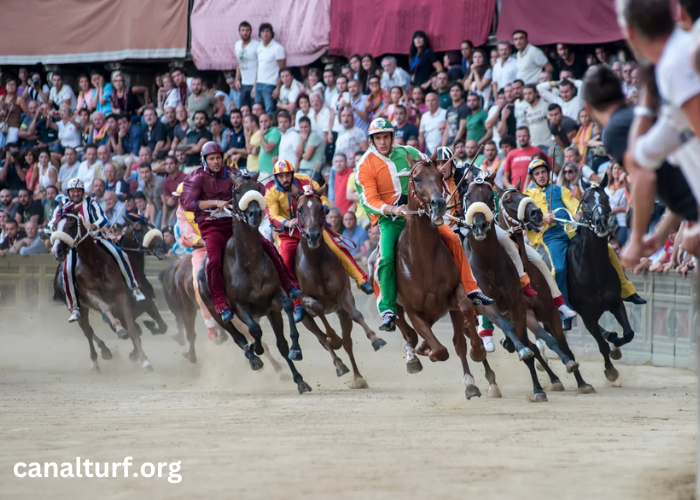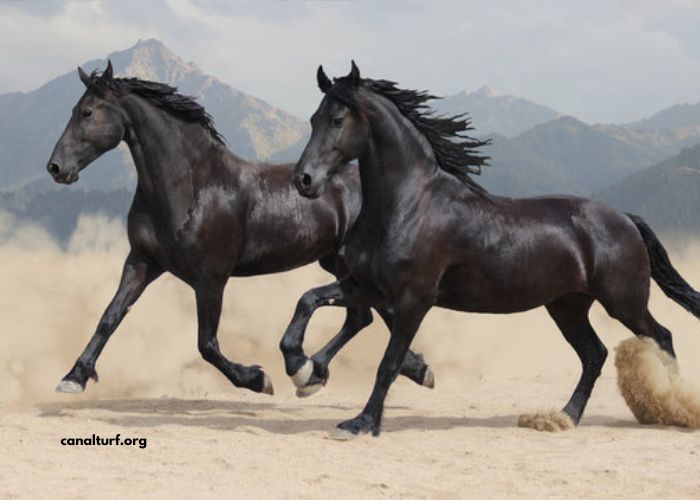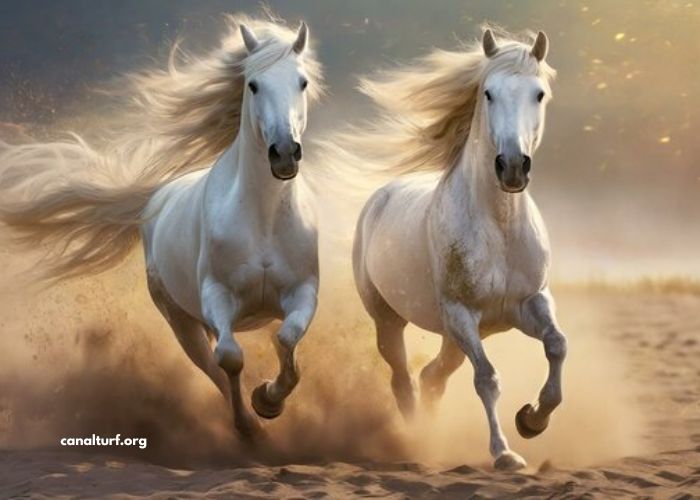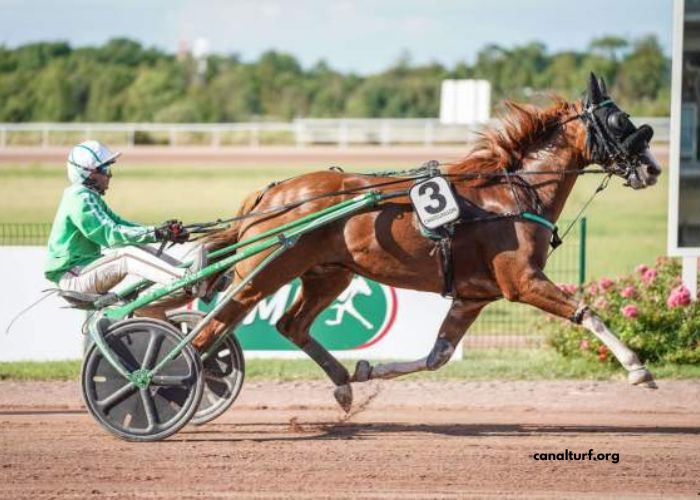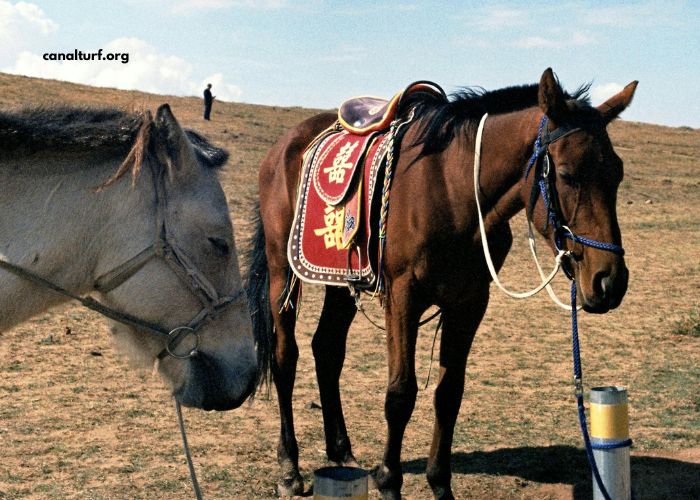Horses have long captivated the human imagination with their grace, strength, and companionship. From ancient times to the modern era, these majestic creatures have played pivotal roles in shaping civilizations, transportation systems, and cultures worldwide. This article delves into the rich tapestry of horse history, explores diverse breeds, and examines their various roles as valued companions. Discover the latest news, tips, and information about horse racing in France on FranceChevalTurf. Stay updated on races, results, and more.
A Journey Through History
The history of horses and their relationship with humans dates back thousands of years. Domestication likely began around 4000 BC in the steppes of Central Asia, where early humans recognized their potential for transportation, farming, and warfare. The bond between horse and rider became an integral part of many ancient societies, from the chariots of Mesopotamia to the mounted warriors of the Mongol Empire.
In medieval Europe, horses were essential for agriculture and transportation, and they played crucial roles in battles and tournaments. The development of specialized breeds, such as the Arabian, Andalusian, and Thoroughbred, reflected both regional needs and cultural preferences, each breed contributing unique characteristics to the equine world.
Diverse Breeds, Unique Traits
Today, there are over 300 breeds of horses worldwide, each adapted to specific climates, tasks, and disciplines. The Arabian, known for its endurance and elegance, traces its lineage back to ancient desert tribes and remains prized for its beauty and stamina. The Andalusian, with its noble bearing and versatility, has influenced many modern breeds and excels in dressage and classical riding.
In contrast, the American Quarter Horse, celebrated for its speed and agility, originated in the United States and is renowned for its prowess in western riding and ranch work. Meanwhile, the Thoroughbred, bred for speed and athleticism, dominates the world of horse racing and has left an indelible mark on the sport.
Roles of Equine Companions
Beyond their historical significance and diverse breeds, horses fulfill various roles as companions in modern society. They provide therapeutic benefits through equine-assisted therapy, offering physical and emotional rehabilitation to individuals with disabilities or trauma. Their intuitive nature and calming presence create a unique bond that fosters healing and personal growth.
In sports and recreation, horses participate in competitive disciplines such as show jumping, eventing, and rodeo, showcasing their athletic abilities and partnership with skilled riders. Equestrianism encompasses a wide range of activities, from recreational trail riding to high-stakes competitions, highlighting the versatility and adaptability of these magnificent creatures.
Conclusion
The horse’s journey from ancient companion to modern-day partner is a testament to its enduring appeal and significance in human history. Whether as a symbol of strength and freedom or as a trusted companion in therapeutic settings, horses continue to enrich our lives and inspire admiration across cultures and continents. As stewards of their well-being, it is our privilege to honor their legacy and ensure their welfare for future generations to come.
In unraveling the history, exploring diverse breeds, and understanding their multifaceted roles, we gain a deeper appreciation for the majesty of the horse and its enduring place in our hearts and societies.
